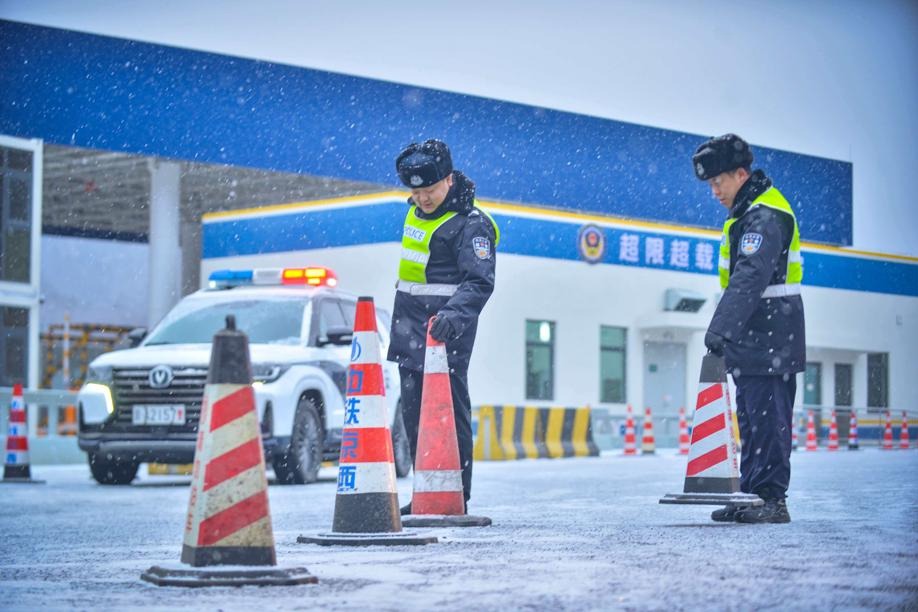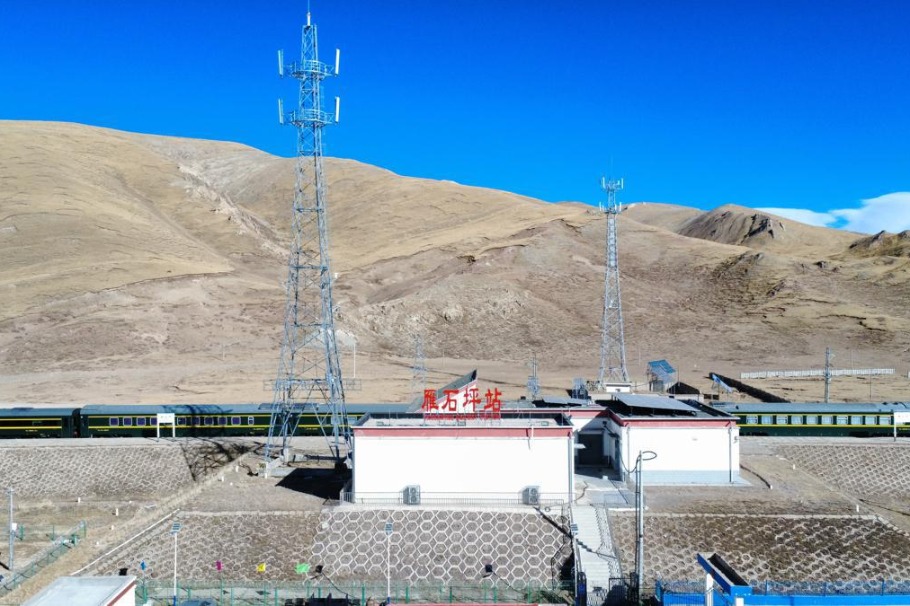Unification of pension funds on agenda for five-year plan
Experts say national system will allow funds to flow to rapidly graying areas

After laying the groundwork for more than a decade, China has announced it will set up a unified national pension system before 2025.
The decision was unveiled in a document released by the Central Committee of the Communist Party of China late last year, as policymakers addressed challenges posed by a rapidly graying population.
The document makes wide-ranging proposals for China's development priorities for the 14th Five-Year Plan (2021-25) period and beyond, with details set to be ironed out at the two sessions-the annual meetings of the country's top legislature and top political advisory body-which start next week.
In a section of the document on creating a stronger safety net, the CPC Central Committee said China needs to achieve "national unification" of basic old-age insurance.
Lu Quan, secretary-general of the China Association of Social Security, said the unification of old-age pension funds has been widely achieved at the provincial level, which is a major milestone. A decade ago, most of the funds were separately run by authorities at city or lower levels.
Sources of revenue for pension funds include contributions from local companies and their employees, government subsidies and earnings from investments, according to the Ministry of Finance, which oversees their management. The money is used to pay retirees' pension benefits and reimburse their health bills and funeral costs.
Experts say a unified national system-which would allow for the flow of funds from regions with younger populations to those with larger numbers of elderly people-will help optimize fund management, given that some rapidly aging regions are heavily dependent on central government bailouts.
"The task to achieve unification is urgent, and cannot be postponed further," Lu said.
Researchers estimate that 80 percent of a national surplus would be generated by city clusters in the Pearl River and Yangtze River deltas, Lu said, referring to the manufacturing hubs that emerged following economic reforms that began in the late 1970s.
Northeastern regions, meanwhile, are struggling to meet the pension requirements of their populations, official data shows.
In 2017, then social security minister Yin Weimin said Heilongjiang province had the country's most alarming retiree-worker ratio. For an individual pension holder withdrawing from the fund, the equivalent of 1.3 workers contributed to the fund in Heilongjiang.
However, the ratio was 1-to-9 in Guangdong province, where the Pearl River Delta is located.
A report published by the Chinese Academy of Social Sciences in 2019 found that pension funds in several provinces, including Jiangxi, Hubei, Gansu and Qinghai, faced serious financial issues.
No time to spare
The drive to unify the funds came as the Ministry of Civil Affairs, which oversees a sprawling network of nursing homes, projected the number of Chinese aged 60 and above would surpass 300 million by 2025.
The payout pressure is also fueled by sweeping efforts to improve pension benefits and cut fees for businesses. The payouts from pension funds have been increasing by an average of about 5 percent a year over the past four years, according to a China Central Television report.
Over the past four decades, coastal areas have emerged as the drivers of the country's fast-growing economy. With numerous better paid jobs, coastal regions are favored by young workers in search of opportunities.
With more than enough contributors to pension funds, these regions have lowered the rate of business contributions to improve their appeal to investors and the capital market.
However, less affluent regions hit by exoduses of younger workers have raised businesses' contribution rates to meet retirees' payouts, which in turn has raised labor costs.
Lu said areas with younger labor forces that have reaped the "demographic dividends" are reluctant to embrace unification, as it would spell the loss of control over the rate of business contributions. "They have become the biggest opposition force to a unified system," he said.
Groundwork done
The resolve to quickly complete the unification process has followed more than a decade of preparation for the move.
China started to push for provincial-level unification in 2008, nine years after people aged 60 and older accounted for 10 percent of the country's population-a benchmark for an aging society.
China's Social Insurance Law, which came into effect three years later, stipulated that steps be taken to piece together the segmented pension fund system, which was established in the 1990s as part of a social safety net program.
In recent years, employment authorities set up a national social security database. Taxation authorities also took over the collection of social security fees, including those for pensions, to guarantee more efficiency.
In 2018, central authorities introduced a temporary relief measure to direct money from provinces with pension surpluses to regions struggling to meet retirees' payouts.
"All of these (measures) have laid important foundations for a national system," Lu said. "It was impossible for China to complete the process in one go given China's economic and fiscal situation earlier on.
"When completed, the unification will help create a fairer labor market, which can benefit China's regional development and help China shift to new development models."




































